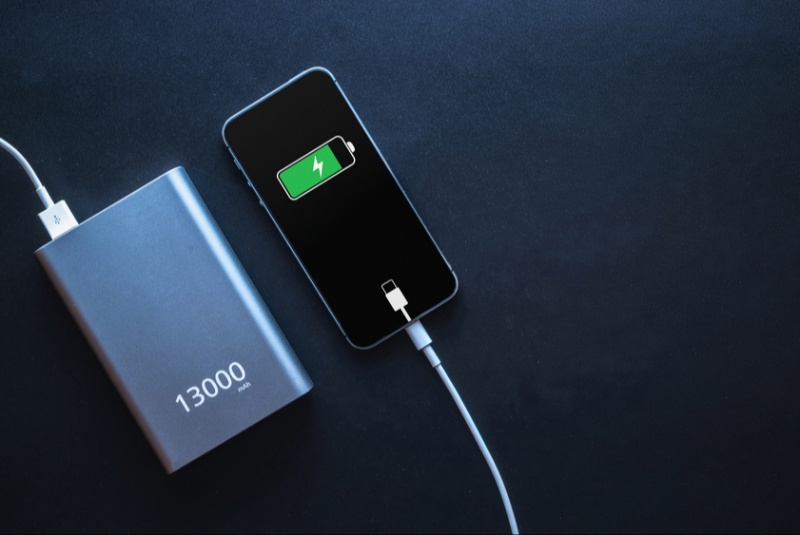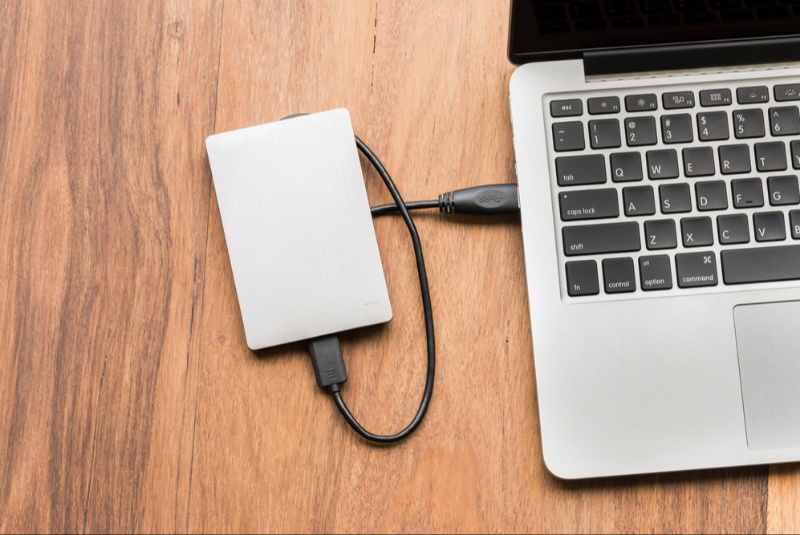In our digitally-driven world, staying connected is not just a convenience, it's a necessity. Smartphones are our lifelines to work, social interactions, and entertainment. However, these devices are only as good as their battery life. This is where power banks come in - portable chargers that ensure your smartphone never runs out of juice when you need it most. Choosing the right power bank can be a daunting task given the plethora of options available. This guide aims to simplify that process, helping you select the perfect power bank for your smartphone.
Understanding Power Bank Capacity
The capacity of a power bank, measured in milliampere-hours (mAh), determines how much charge it can hold. A higher mAh rating means more battery life for your smartphone. Typically, you should look for a power bank with at least twice the capacity of your smartphone's battery. This ensures at least one full charge, accounting for energy lost in transfer.
How to Choose the Best Power Bank for Your Daily Needs
In today's fast-paced world, where mobile devices are essential, choosing the best power bank for your daily needs is critical. A good power bank acts as a lifeline for your devices, ensuring that you're never caught off-guard by a low battery. When selecting one, consider not just the capacity, but also the size, weight, and the number of charging ports. For daily use, a compact, lightweight model with fast charging capabilities can be a game-changer, keeping your devices powered throughout the day without adding extra bulk to your carry-on.
Output Current and Charging Speed
The output current, measured in amperes (A), influences how quickly your power bank can charge your smartphone. Standard outputs range from 1A to 3A. For fast charging, opt for a power bank with an output of 2A or higher. However, ensure your smartphone supports fast charging to take full advantage of this feature.
Portability and Size
Portability is key when selecting a power bank. They come in various sizes and weights, with larger capacities typically meaning a heavier and bulkier charger. Consider how you plan to use your power bank. If you need it for daily use, a lightweight and compact model might be ideal. For longer trips, a larger capacity, albeit heavier, might be more suitable.
Number and Type of Ports
The number of ports on a power bank determines how many devices you can charge simultaneously. Standard models come with one or two ports, while more advanced models offer more. Additionally, consider the type of ports - USB-A, USB-C, or micro-USB. Some power banks also feature built-in cables for added convenience.

Brand and Quality
Opt for reputable brands that offer quality and reliability. Renowned brands may be pricier but offer better quality, warranty, and customer service. Read reviews and check ratings before making a purchase to ensure you're getting a product that's worth your investment.
Additional Features
Modern power banks come with additional features that can be quite handy. These include LED indicators for battery status, built-in flashlights, and even wireless charging capabilities. Some high-end models also offer features like solar charging, waterproofing, and rugged builds for outdoor use.
Safety and Certification
Safety should be a top priority when selecting a power bank. Look for devices with built-in safety features like short-circuit, overcharging, and overheating protection. Certification from regulatory bodies like the FCC, CE, and RoHS is also a good indicator of a safe and reliable product.
Price Considerations
Power banks come in a wide range of prices. Generally, higher capacity models with advanced features cost more. Determine your budget and balance it against the features you need. Remember, investing in a slightly more expensive model could be more cost-effective in the long run if it offers better durability and efficiency.
Finding the Right Balance Between Power Bank Capacity and Portability
Finding the right balance between the capacity and portability of a power bank is crucial for optimal convenience and efficiency. A higher capacity power bank can charge your device multiple times but may be heavier and less convenient to carry. Conversely, a more portable power bank might be easier to carry but may need more frequent recharging. To find the ideal balance, consider your daily power usage and the specific situations in which you'll use the power bank. For those who are always on the go, a medium-capacity, lightweight power bank often strikes the perfect balance between practicality and power.
Compatibility with Your Smartphone
Ensure the power bank you choose is compatible with your smartphone. This includes not only the port type but also the charging capability. Some smartphones require specific current and voltage for optimal charging, so check your phone's specifications and match them with the power bank's output.
Unveiling the Top Features to Look for in Your Next Power Bank
The quest for the perfect power bank can be overwhelming with the myriad of options available. However, focusing on key features can make the decision easier. Look for a power bank with a high capacity, fast charging output, and multiple USB ports for versatility. Additionally, advanced features like pass-through charging, which allows you to charge both the power bank and your device simultaneously, can be incredibly convenient. Safety features like overcharge protection are also vital, ensuring your devices are not only powered but protected as well.
A power bank is an essential accessory for smartphone users, offering the freedom to use your device without worrying about battery life. When choosing the right power bank, consider its capacity, output current, size, portability, number and type of ports, brand, additional features, safety, price, and compatibility with your smartphone. With this comprehensive guide, you're now equipped to select the perfect portable charger that meets your needs, ensuring you're always connected, no matter where you are.




